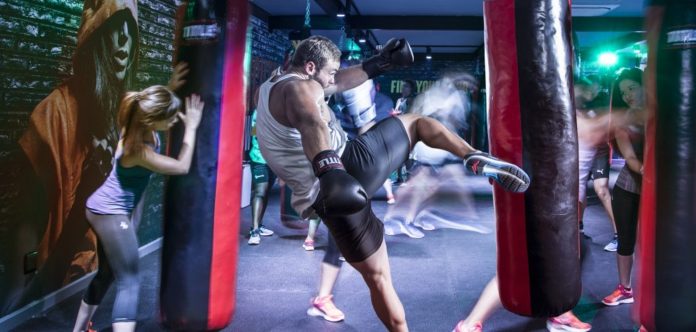The beauty of running is that it’s a simple act of one foot in front of the other … a natural transition from couch to 21.1km. But, it takes patience, determination and strength training. No easy feat.
For months, many road runners from all over the world have been preparing to participate in the country’s most beautiful race – the Two Oceans Marathon, with the half marathon on April 16 and the 56km ultramarathon taking place the following day. And while some runners are experienced participants, many will also be running this marathon as novices.
Exercise specialist at Ignite Fitness Eduan James, says “each person’s running goals look different but they are all attainable. Training for a 5km, 10km, half marathon or an ultramarathon each has its own difficulty level, depending on the person.” But, he says, with the right training – endurance as well as strength training – it’s possible for everyone to achieve their personal goals”
Eduan shares some key training techniques that you can practice – at home or the gym.
A-Skip – A-skips sharpens your overall form by emphasising foot placement and knee drive through the propulsive phase. They are an excellent drill for hamstring activation and correct movement patterning.
Tip: Try not to focus on distance but instead, on rhythm and fast foot contact.
How To: This drill is a dynamic progression from high-knee walking. Lift lead-knee to waist height. When it reaches the highest point, there is a small hop forward.
Keep your toes pointed up on your lead leg (dorsiflexed ankle).
Forcefully step down with a mid-foot strike – aim to make a noise when contacting the ground. Repeat by alternating legs.
B-Skip – B-skips are a development from the A-skip, which further improves your form by focusing on your knee drive and leg extension.
Tip: Stand tall and keep your arms relaxed.
How To: Mimic the A-Skip until your knee is at waist height.
Kick your leading leg out in front of you. Drag your leading leg back underneath you whilst maintaining a dorsiflexed ankle. Aim for a mid-foot strike by maintaining a slight forward lean.
Fast Feet – This is a drill that improves your running cadence by teaching your leg muscles (predominantly hamstrings) to fire faster. This drill also encourages a mid-foot landing. It can be an effective progression from the Functional Balance and High Knee Walking drill.
Tip: Focus on reducing your ground contact time by lifting your feet directly up underneath you towards your butt.
How To: With your feet at hips width, lower your body down into a half squat position. Lift up your heels, so you are on the balls of your feet.
Start running as fast as you can on the spot.
Bounding – Bounding is used to create a more powerful leg drive upon contact with the ground.
Tip: Do not overextend your stride. Your stride length should increase but as a result of your increased power when contacting the ground, not as a result of your overreaching.
How To: Start running at a comfortable pace, and when ready, start to strike the ground with more power on each stride and aim to gradually increase your stride length. Maintain good form, with a slight forward lean.
Strides (Accelerations) – Strides – whilst technically not a drill – are controlled injections of speed during a regular running session. The aim is to allow you to practice the previous abstract drills in a real running scenario. These are usually performed after drills.
Tip: The key is to practice the acceleration while maintaining a very relaxed posture (shoulders and arms relaxed with wrists brushing your hip bones).
How To: Run 60 to 80m at a reasonably fast pace, but not an all-out sprint. Walk back after each set of strides to re-focus.
Details: ignitefitness.com or IG: Ignite Fitness Global






